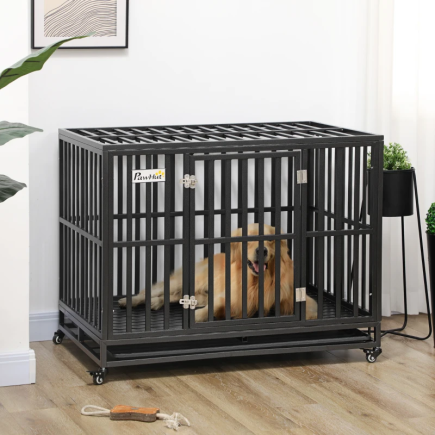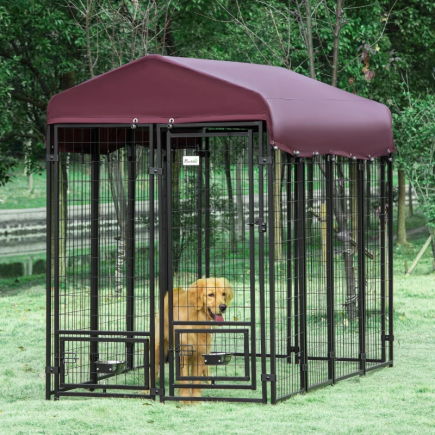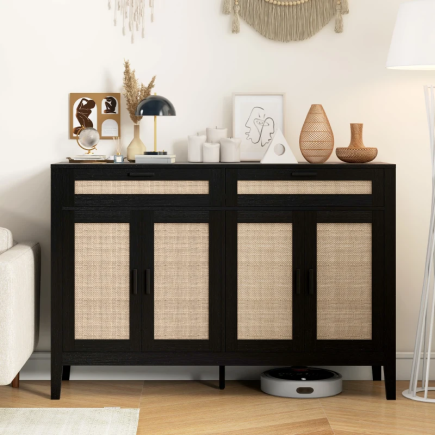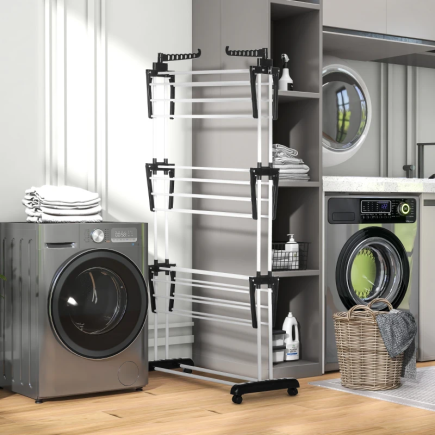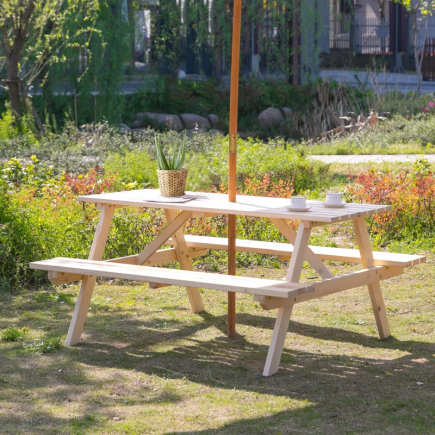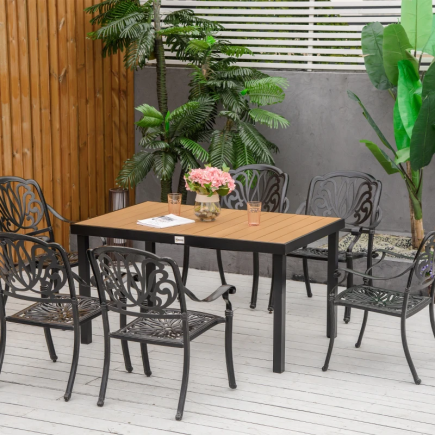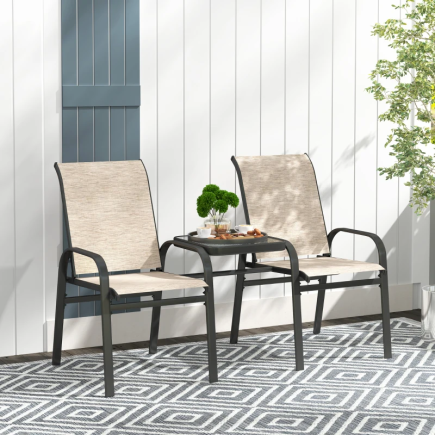Compact fridges have become household essentials. Whether it’s for a basement lounge, an apartment kitchen, or a home office, these small refrigerators help save space while keeping your food and drinks cool. But when it comes to choosing between a beverage fridge and a mini fridge, many people assume they’re interchangeable, until they realize they serve very different purposes.

Understanding the core differences between a beverage fridge and a mini fridge can save you money, frustration, and even food safety issues.
What Is a Beverage Fridge?
A beverage fridge, sometimes referred to as a beverage cooler or beverage centre, is a specialized appliance designed for storing and cooling drinks. It’s the perfect solution for ensuring that your beverages, such as wine, soda, water bottles, beer, and more, are kept at the ideal temperature. These fridges can quickly chill your drinks while offering a sleek, modern look.

What Is a Mini Fridge?
A mini fridge is a compact, versatile refrigerator designed to store not only drinks but also food, snacks, and sometimes frozen goods. Unlike beverage fridges, mini fridges are multi-purpose and ideal for everyday use in smaller living spaces, dorms, or offices.
Temperature Range and Cooling Precision
One of the biggest differences between a beverage fridge and a mini fridge lies in how they control temperature.
Beverage Fridges
These are built to hold a narrow and consistent temperature, ideal for different types of drinks. Some models even offer dual-zone cooling, where one section is slightly warmer (for red wine) and another is colder (for beer or soda).

Mini Fridges
Mini fridges support a wider temperature range, including sub-40°F levels, which are necessary to keep meat, dairy, or leftovers from spoiling. Many models also have a small freezer compartment, suitable for ice cubes or frozen snacks.

If you plan to store perishable items, the wider and colder range of a mini fridge is the safer option.
Interior Layout and Shelving Configuration
Interior design isn’t just about looks, it affects how well the fridge functions.
Beverage Fridge Layout
- Comes with horizontal racks sized for beer bottles, soda cans, or wine bottles.
- Shelves may be adjustable but are narrower and shallower.
- Purposefully maximises can and bottle count without wasted space.

Mini Fridge Layout
- General-purpose shelves with adjustable heights.
- Crisper drawers for vegetables or cheese.
- Door storage for condiments, cartons, or drink bottles.
- Freezer compartment in many models.
Mini fridges offer more flexibility, but beverage fridges provide more efficiency if you’re only cooling drinks.
Storage Capacity and Flexibility
If you’re deciding based on how much you can store, here’s what to expect:
Beverage Fridges
These units can hold dozens of drinks, depending on size. A typical 120-can unit might fit:
- 60 soda cans
- 12 wine bottles
- or a combination of both

However, they’re not built for bulky items like takeaway containers, produce, or stacked leftovers.
Mini Fridges
Mini fridges generally offer more cubic feet of usable space, and the flexible design means:
- You can stack containers
- Store leftover meals
- Keep salad ingredients, milk, and eggs

If you want something more multi-functional, mini fridges win for versatility.
Design and Aesthetic Appeal
When it comes to visual impact, beverage fridges tend to win on style.
Beverage Fridges
- Glass front panels for full visibility
- Stainless steel trim, interior lighting
- Perfect for bars, entertainment areas, or open kitchens

They’re built to be seen, and many people place them where guests can appreciate them.
Mini Fridges
- More discreet appearance
- Usually white, black, or neutral
- Designed to blend in, not stand out

If your goal is visual appeal or curated drink display, the beverage fridge adds that upscale touch.
Placement and Installation Options
Where and how you install your fridge is another key consideration.
Beverage Fridge
- Available in built-in or freestanding models
- Popular in kitchens, home bars, or rec rooms
- Some are low-profile enough to fit under counters or islands
Mini Fridge
- Primarily freestanding and portable
- Ideal for flexible or temporary setups, like dorm rooms or workshops
- Can be easily moved as your space changes
Energy Efficiency and Noise Level
For any appliance, energy use and noise are important, especially in quiet environments like bedrooms or offices.
Beverage Fridges
These units are typically more energy-efficient when used solely for drinks. Many use thermoelectric cooling, which:
- Produces less vibration and hum
- Offers quieter operation, often under 40 decibels
- Keeps energy costs low when operating within moderate temperature ranges

They’re ideal if you value a quiet atmosphere and a low power bill.
Mini Fridges
Most mini fridges use compressor cooling, which is better for reaching lower temperatures but:
- Can be louder, especially when the compressor cycles on
- Uses more energy, particularly if it includes a freezer
- May cause a slight vibration sound in quiet rooms

Beverage Fridge vs Mini Fridge: Key Differences Table
Here’s a handy breakdown to help you compare the two appliances at a glance:
| Feature | Beverage Fridge | Mini Fridge |
| Purpose | Chills beverages only | Stores drinks, snacks, and food |
| Temperature Range | 46°F to 64°F | 32°F to 48.2°F |
| Shelving Design | Bottle racks and can holders | Adjustable shelves, bins, drawers |
| Interior Layout | Optimised for bottles/cans | Flexible for containers, boxes, leftovers |
| Door Style | Glass doors with LED lighting | Solid doors for privacy and insulation |
| Noise Level | Quiet (often thermoelectric) | Louder (uses compressor technology) |
| Energy Use | Efficient within drink-safe range | May use more energy for freezing capability |
| Freezer Option | Not included | Often included |
| Design Appeal | Modern, display-friendly aesthetic | Simple, utility-first appearance |
When to Choose a Beverage Fridge or a Mini Fridge
| User Type | Best Option | Reason |
| Entertainers | Beverage Fridge | Great for guests and drink presentation |
| Students or Dorm Living | Mini Fridge | Versatile for snacks, drinks, and frozen items |
| Wine Lovers | Beverage Fridge | Allows proper storage temps and bottle organisation |
| Small Apartment Dwellers | Mini Fridge | All-in-one storage for groceries, leftovers, and drinks |
| Home Bar Setups | Beverage Fridge | Visually appealing with glass doors and interior lighting |
| Budget-Conscious Shoppers | Mini Fridge | Lower upfront cost and more flexible usage |
Choosing the right appliance for your lifestyle means making a smarter investment that will last longer, save you money, and complement your space beautifully. Both beverage fridges and mini fridges are excellent options for Small Kitchen Appliances, each enhancing your home setup in its own way.
Whether you opt for a beverage fridge to stylishly store drinks or a mini fridge for versatile, all-in-one cooling, your choice will help you stay organized, cool smarter, and fully enjoy your space, without wasting precious room.
FAQs
1. Is a bar fridge better than a mini fridge?
A bar fridge is better for storing drinks, with can holders and bottle racks, making it ideal for entertaining areas. A mini fridge is more versatile, storing both food and beverages, perfect for daily use in small spaces.
2. Where is the coldest part of a mini fridge?
The coldest part of a mini fridge is usually the back and bottom. Cold air settles there, and it’s less affected by warm air when the door opens.
3. Can I lock a beverage fridge or mini fridge for safety?
Many models offer built-in lock mechanisms, useful for households with kids or shared spaces like dorms or offices.

